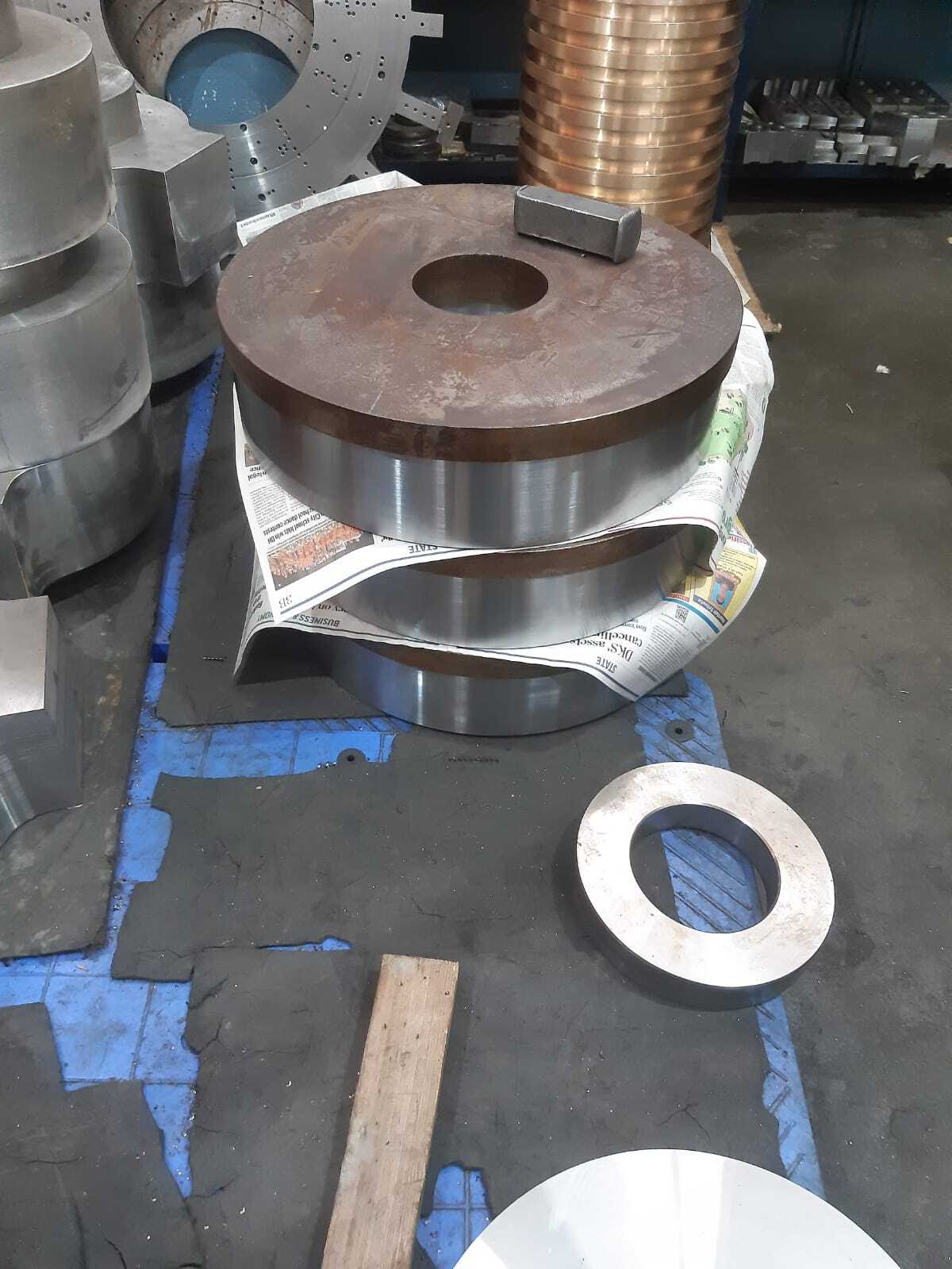




LARGE SIZE LATHE CNC CHUCK BODY
44000 INR/Number
Product Details:
- Hardness Hard
- Product Type Forged Products
- Material Steel
- Application Machine Parts
- Color Silver
- Click to View more
X
LARGE SIZE LATHE CNC CHUCK BODY Price And Quantity
- 44000 INR/Number
- 100 Number
LARGE SIZE LATHE CNC CHUCK BODY Product Specifications
- Machine Parts
- Forged Products
- Hard
- Steel
- Silver
LARGE SIZE LATHE CNC CHUCK BODY Trade Information
- 5000 Number Per Month
- 7 Days
- All India
Enter Buying Requirement Details









 Send Inquiry
Send Inquiry Send SMS
Send SMS